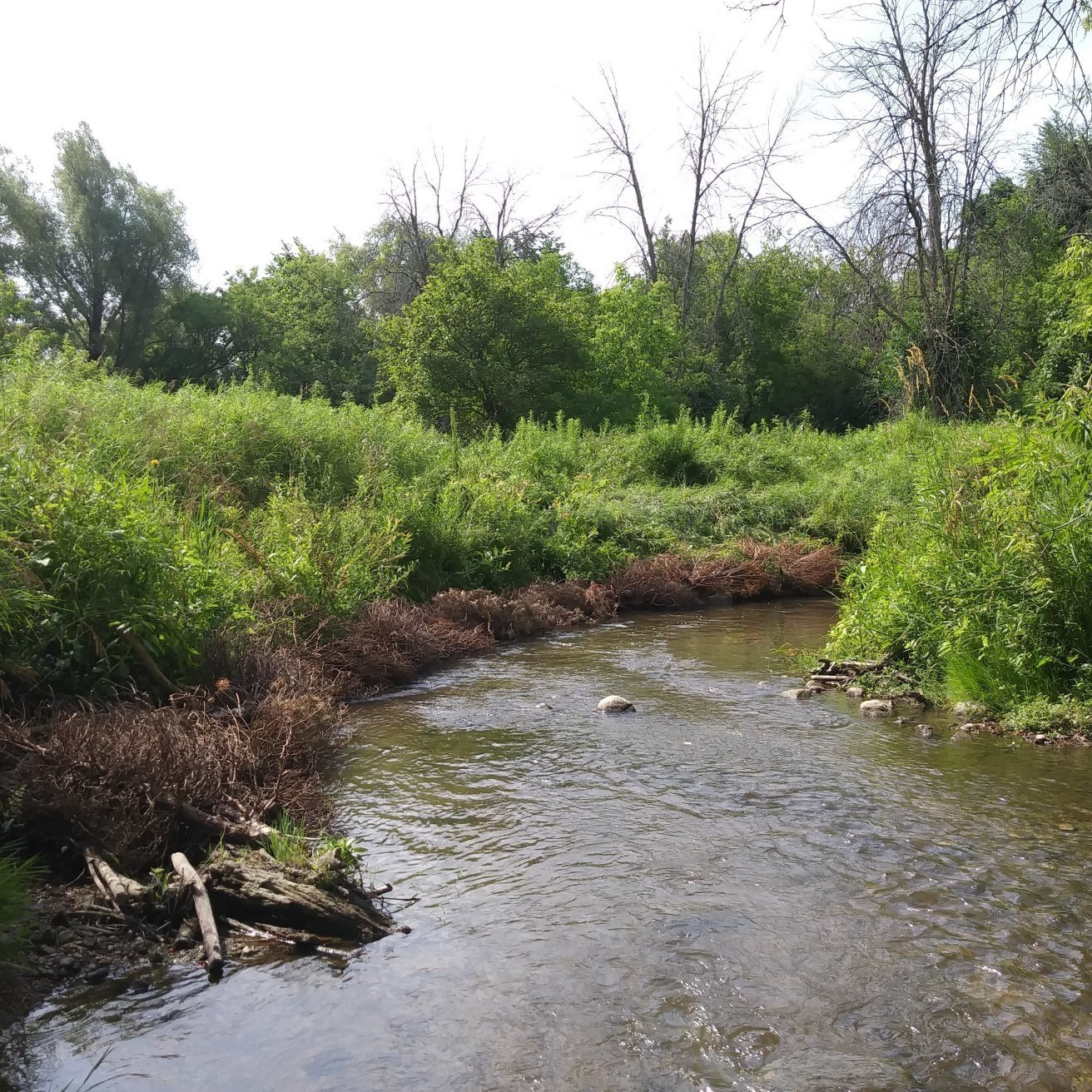IN-STREAM HABITAT RESTORATION
Ontario Streams uses bioengineering and natural channel design principles to conduct in-stream habitat restoration. We work with the stream to return the system to its natural function and form using natural materials that will become part of the environment. Key in-stream habitat restoration structures include brush bundles, sweeps, and turtle basking logs. All of these features work to restore a stream to its natural shape, reduce erosion and excess sediments, and provide habitat for wildlife. See the video below for more details about how we fix our local rivers with in-stream habitat enhancement techniques.
With increasing extreme weather events as an effect of climate change, we are seeing an increase in erosion as storm water quickly enters natural waterways. This rainwater moves forcefully through the rivers and carves out the banks along the way. Erosion is a natural process by can be accelerated by intensive land use during urban development and agriculture.
As sand and soil is carved out of riverbanks during high-flow rain events, these sediments will enter the water channel. Larger particles will settle faster, but lighter and finer particles can stay within the water column for a significant time if the river is turbulent. Excess sediments can affect water quality, impact the ability for a fish to hunt, and interfere with development of fish eggs.
We are grateful to Simcoe County and Miller Waste in their support of collecting and donating live Christmas trees after the holidays which we repurpose in our in-stream habitat enhancement structures.







